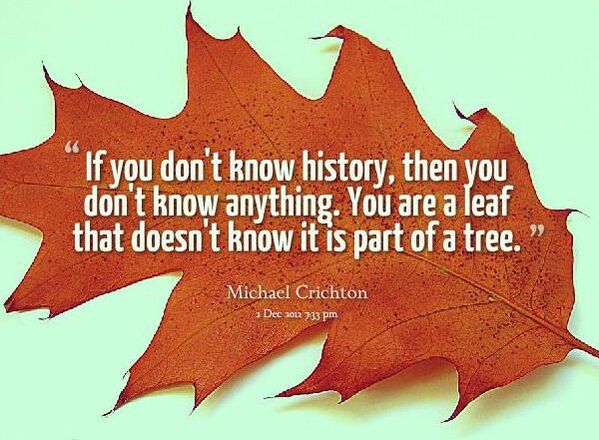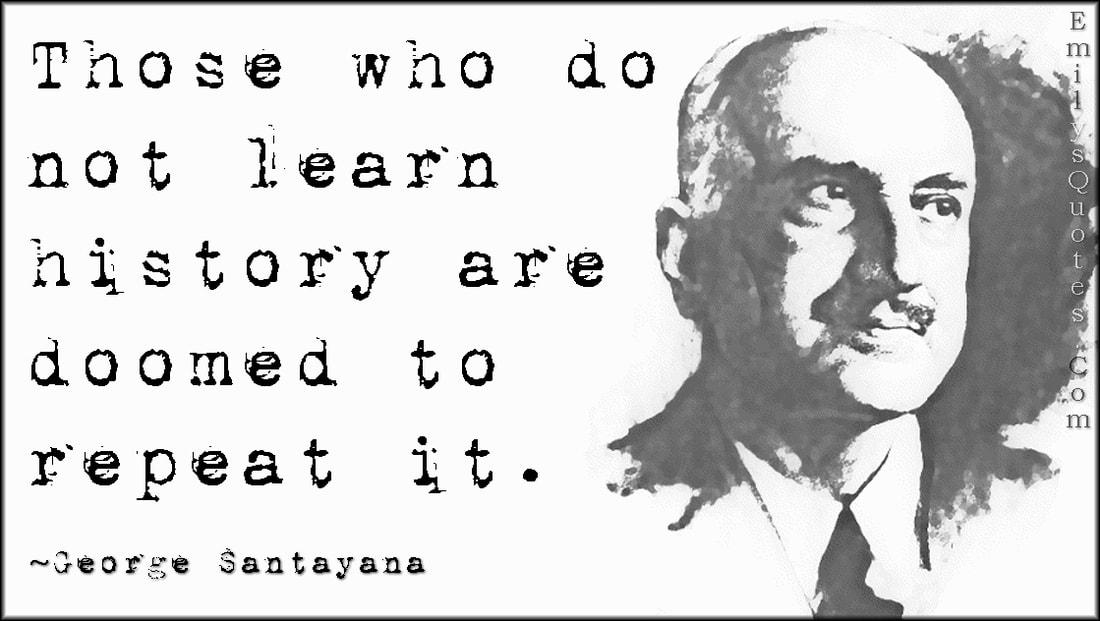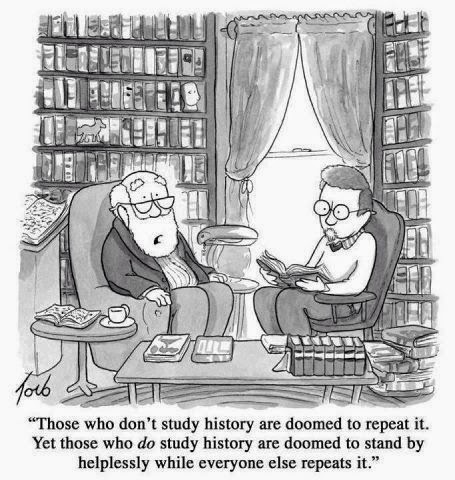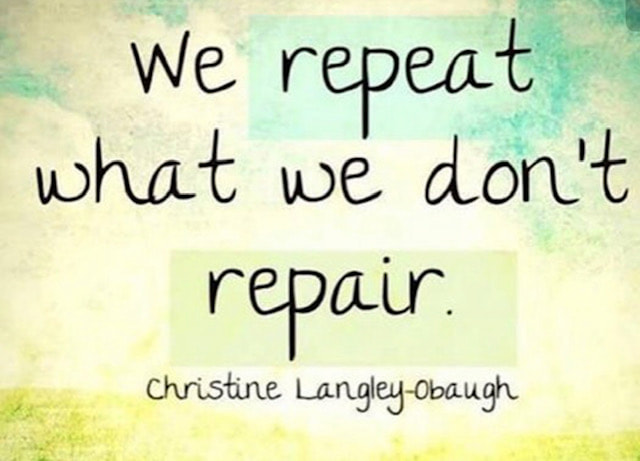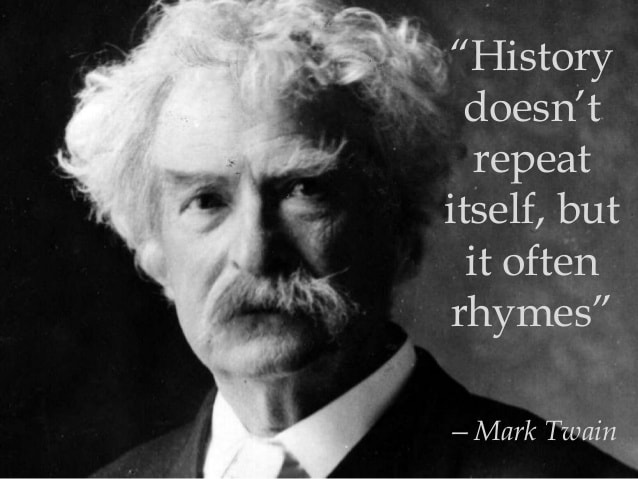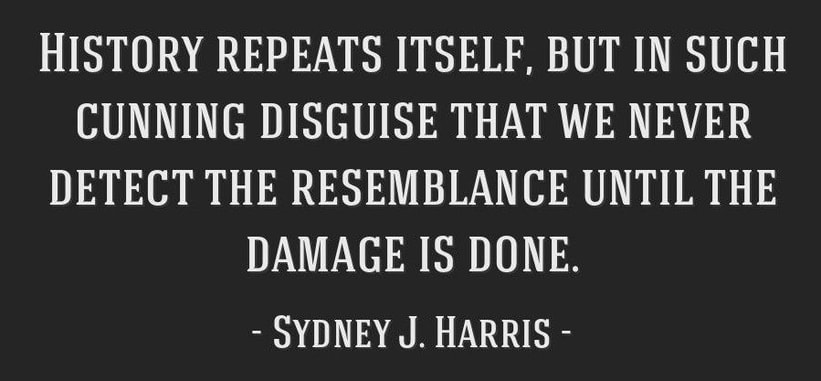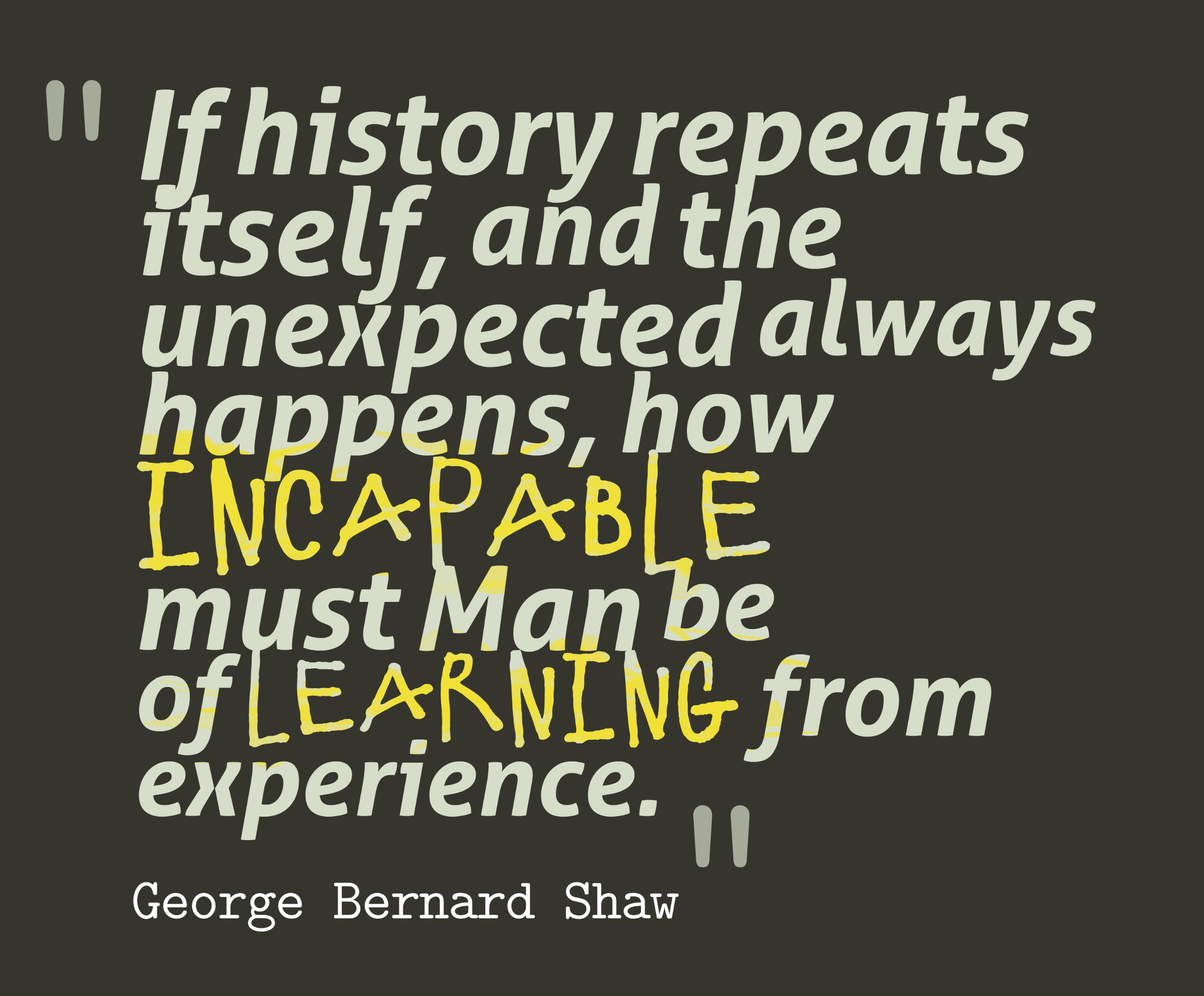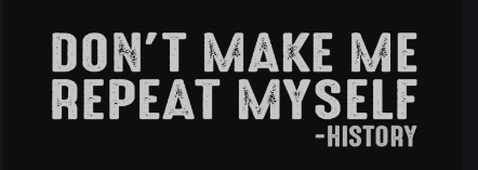Cultivating America
|
In particular, the founding centuries of the United States of America were pretty dirty: they were times of filth and stink. But the 17th and 18th centuries also provide us with the rich origin of our great nation.
Things have not always been rosy for our citizens (for some even less rosy than others), and even our greatest leaders had their flaws. That's what makes our study so important. We continue to strive for that goal: "...a more perfect union..."
|
We the People of the United States, There is a line in the Preamble of the United States Constitution that mentions, "...in order to form a more perfect union..." It tells us that we do not consider our nation perfect, but that we strive to understand things better to make things better. Understanding the goals helps us identify our mistakes and our flaws so we can correct them and fix them.
|
A Somewhat Chronological Journey through the School Year
*Items in blue represent days in which students will conduct walk-through evaluations of teacher-provided historical documents, maps, political cartoons, and artifacts. Students will be asked to interpret, and evaluate these items using their skills in observation and inference based upon evidence and prior knowledge. Classwide conversations will ensue.
